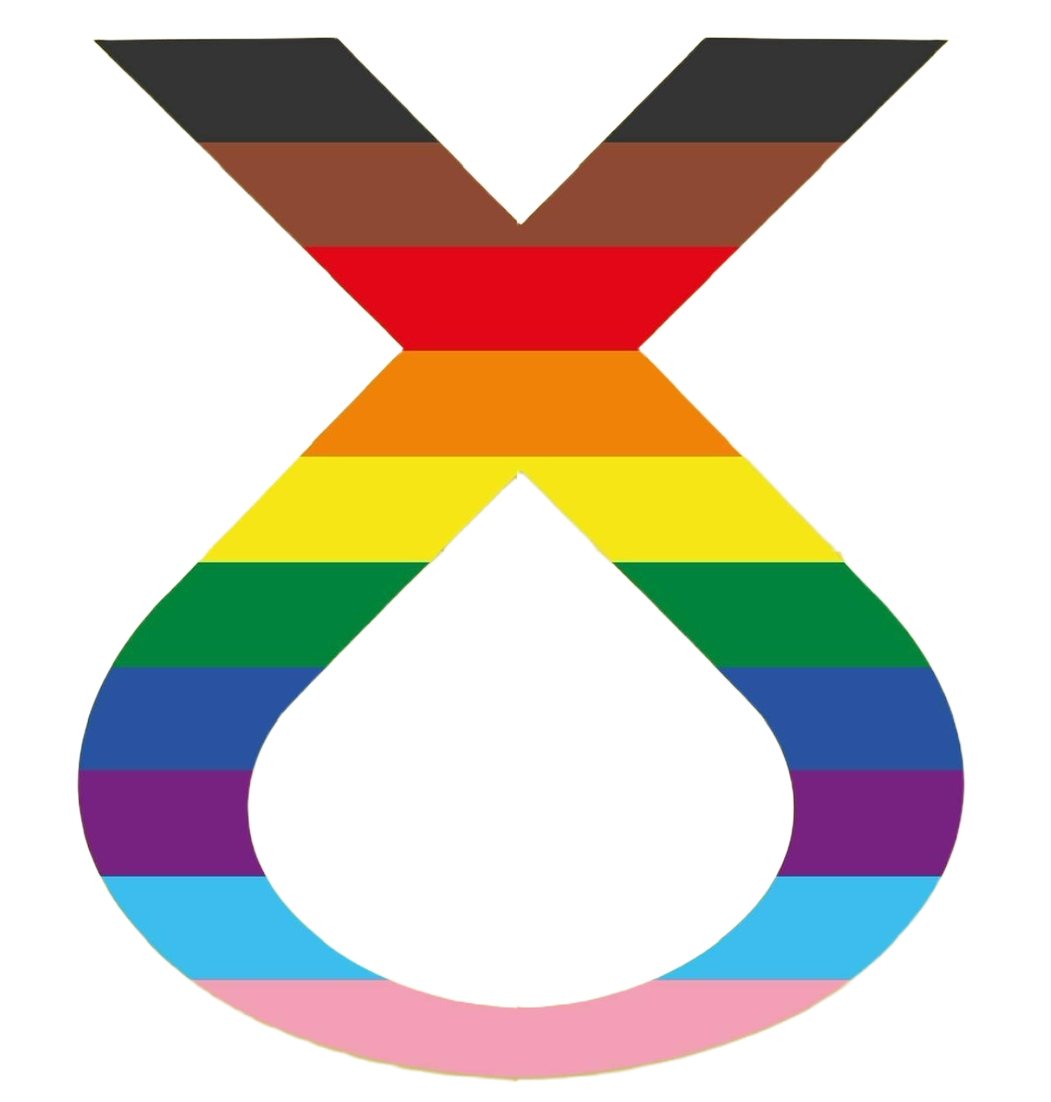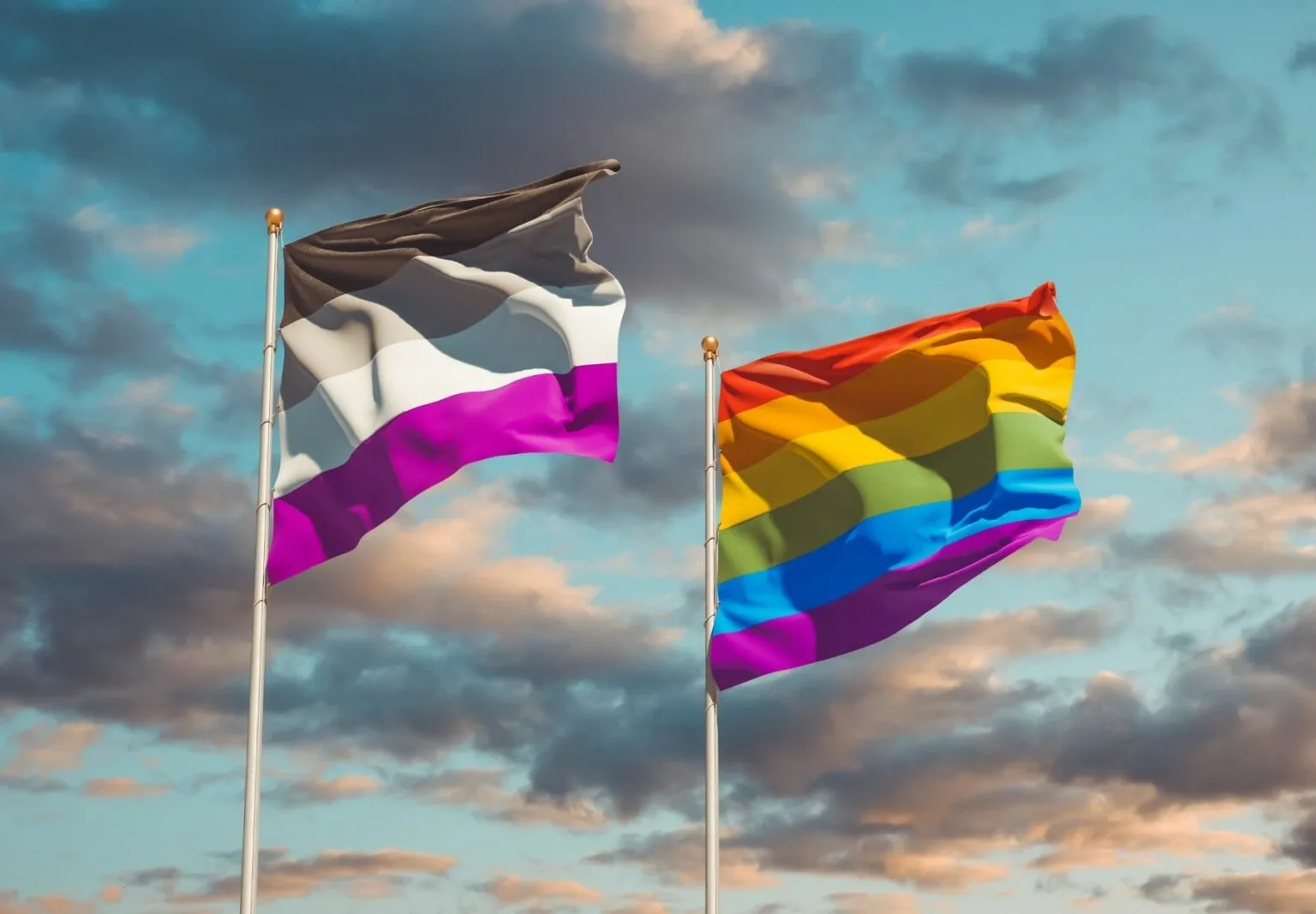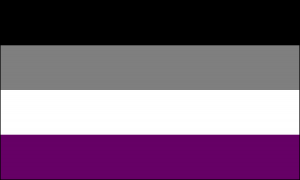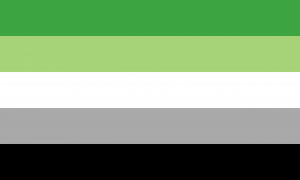It’s #AceWeek2022, a time to celebrate asexuality & raise awareness of the issues affecting asexual people.
Asexuality is the lack of sexual attraction to anyone of any gender. It is also a spectrum, with many identities under the Ace umbrella for people who only experience limited attraction.
Unfortunately, there are still a number off issues affecting asexual people alongside the common problems every queer person faces.
When asexual people fill in diversity & inclusion forms, our sexuality is almost always contained only under “other”, if the option even exists. Given the continued medicalisation of asexuality, which will be covered below, this is disheartening but unsurprising.
As a result of this erasure, lots of people still haven’t heard of asexuality, as it is rarely included in lists of queer identities and resources. This means many asexual people go years without knowing why they feel the way they do, and without access to community.
Even among the LGBTQ+ community, asexuality is often ignored, and asexuals excluded from some queer spaces. There is a belief that we face fewer problems, that it is easier for us to “pass” as straight and that we face less stigma. This is completely untrue, and indeed, the presence of these beliefs is yet another barrier asexual people face in society.
Asexuality is, in many places, still considered a diagnosable mental disorder. Both the ICD-11 and DSM-5, written in the 21st century, include “disorders” that are describing asexuality.
The ICD-11 contains a “disorder” called Hypoactive Sexual Desire Dysfunction, which describes a lack of sexual fantasies or desire to engage in sex as a disorder. While not matching up entirely with the definition of asexuality, this does pathologise asexuals who don’t have sex, and the inclusion of a lack of sexual fantasy could be interpreted as including all asexuals depending on the definition of fantasy used by the clinician.
Even worse is the DSM-5 which, while not used in the UK, does inform opinion within medical communities globally. In this manual, not only is lack of sexual attraction considered a disorder, it is split into two disorders, categorised by binary sex: Male Hypoactive Sexual Desire Disorder, and Female Sexual Interest/Arousal Disorder (the latter of which has a definition which would cover all AFAB asexuals).
Due to this medicalisation, asexual people are among the most likely queer people to be subjected to conversion therapy. We face this threat not only from religious groups and fringe organisations, but from mainstream secular healthcare institutions.
This is not to say that asexual people don’t face increased stigma in some religious circles. Despite a belief among allosexual (non-asexual) progressives that asexuals are more likely to be accepted due to the increased likelihood of celibacy, we remain a target for fundamentalist religious groups who, just this week, launched a crusade against sexless marriages.
When coming out to our families, many asexual people face a poor reaction, due to misunderstandings of asexuality. Parents may comment their disappointment due to a desire for grandchildren (even though some asexual people still want and have children).
All of this means that being asexual in a very sexualised world is difficult, and that it is important we as a united queer community support asexual people and continue to campaign for measures that will help decrease the stigma around asexuality and allow asexual people to live happy, equal lives free of the othering and mistreatment we all too often experience.




